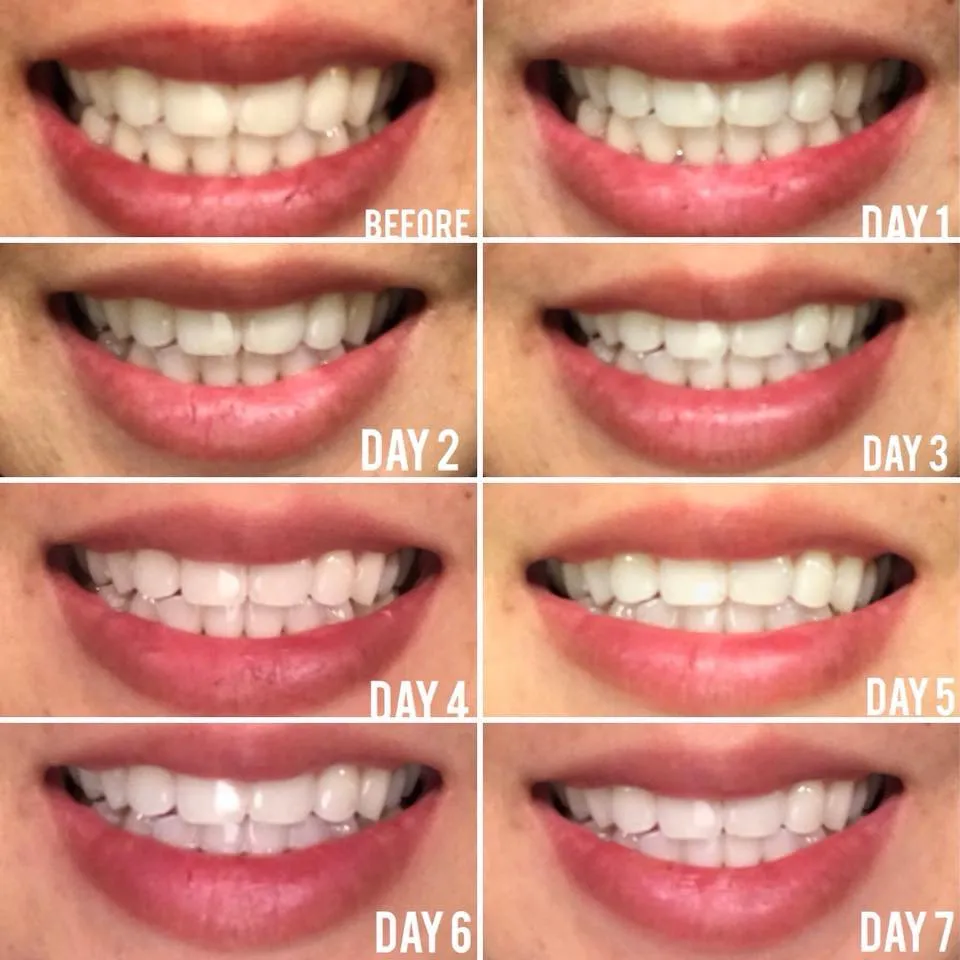Should You Brush After Teeth Whitening Strips?
The allure of a brighter smile is undeniable, and teeth whitening strips have become a popular way to achieve it. However, a common question arises Should you brush your teeth immediately after using these strips? The answer isn’t a simple yes or no. It’s crucial to understand the potential impact of brushing too soon after using whitening strips, especially if you are using Crest Whitening Strips, and how it can affect the effectiveness of the treatment and the health of your teeth. This article provides a comprehensive guide, uncovering the dos and don’ts, and offering insights into optimizing your oral hygiene routine while using teeth whitening strips, so you can achieve the smile you desire safely and effectively. Let’s dive into the top 5 facts you need to know.
Fact 1 Why Brushing Immediately After Whitening Strips Is Harmful
Brushing your teeth right after applying whitening strips, like Crest Whitening Strips, can be detrimental to your teeth. The active ingredients in these strips, such as hydrogen peroxide, work by penetrating the enamel to lift stains. Your enamel is more vulnerable immediately after this process. Brushing at this time can lead to several problems, including enamel erosion and increased sensitivity. The abrasives in toothpaste, combined with the weakened state of your enamel, can cause more damage than good, potentially reversing the whitening effects and leading to discomfort. Always wait for the recommended time before brushing to protect your teeth.
The Impact of Abrasives

Toothpaste contains abrasive agents designed to remove plaque and surface stains. When your enamel is softened after using whitening strips, these abrasives can be overly aggressive. This can lead to microscopic scratches on the enamel, making your teeth more susceptible to staining and sensitivity. The delicate balance of your oral health is disrupted, and the whitening process becomes less effective. It’s essential to choose the right timing for brushing to avoid these negative consequences. You should wait for the proper time after whitening strips so as not to damage your teeth.
Potential for Increased Sensitivity
The ingredients in whitening strips can temporarily dehydrate the teeth, making them more sensitive. If you brush immediately after, this sensitivity can be amplified. The abrasives in toothpaste can irritate the already vulnerable enamel and dentin, leading to discomfort. This sensitivity can manifest as a sharp pain or ache when consuming hot or cold foods and drinks. This discomfort can persist for a while, which is why it’s crucial to allow your teeth to recover before brushing. Always consider the potential for sensitivity and adjust your oral hygiene routine accordingly, especially when using products like Crest Whitening Strips.
Fact 2 The Recommended Waiting Period
To safeguard your teeth’s health and maximize the effectiveness of whitening strips, adhere to the recommended waiting period before brushing. This timeframe allows your enamel to re-mineralize and regain its strength. It also gives the whitening agents time to work without interference. This precaution is vital, particularly when using products like Crest Whitening Strips, to get the best possible results. The duration you should wait can vary slightly depending on the product, but generally, it’s advisable to wait at least 30 minutes after using the strips before brushing your teeth. Following this guideline will significantly reduce the risk of damage and sensitivity.
Why the Waiting Period Matters
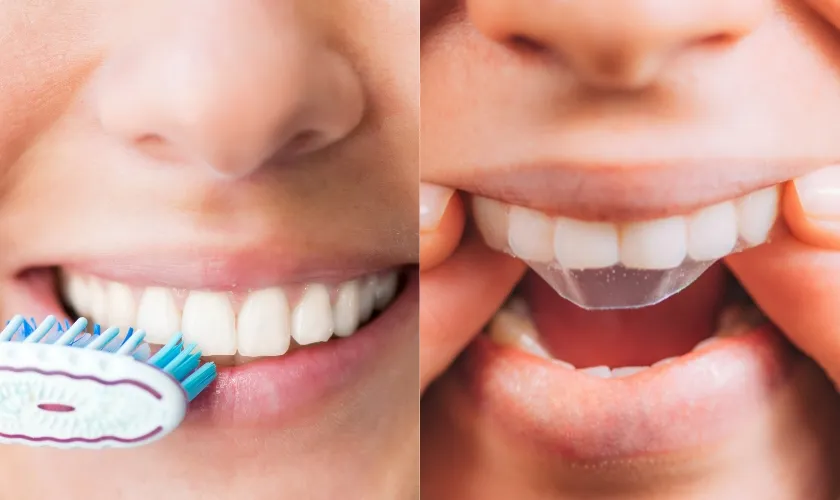
The waiting period is essential for several reasons. First, it allows the enamel to recover from the temporary weakening caused by the whitening agents. Second, it gives the whitening agents enough time to fully work on your teeth, lifting stains effectively. Lastly, it protects your teeth from the abrasive action of toothpaste, which can be more harmful when the enamel is vulnerable. By observing this waiting period, you’re ensuring the safety and efficacy of your whitening treatment. Be patient and allow your teeth to recover and the whitening agents to do their job, and you’ll achieve better results.
How Long Should You Wait?
The ideal waiting time after using whitening strips before brushing is generally at least 30 minutes. Some manufacturers, such as Crest, may provide specific instructions on their product packaging. Always follow the manufacturer’s recommendations for Crest Whitening Strips for the best results. This waiting period allows the enamel to re-harden, reducing the risk of damage from brushing. Waiting for this time is also beneficial for the whitening process itself. It helps the active ingredients to work effectively without interference from toothpaste or brushing. Consistently following this advice ensures you are taking care of your oral health and achieving the best teeth-whitening results.
Fact 3 What to Do Immediately After Using Strips
While you should avoid brushing immediately after using whitening strips, there are several steps you can take to maintain oral hygiene and comfort. These actions can help to protect your teeth and promote effective whitening results. One of the most recommended practices is to rinse your mouth gently. This helps remove any residual whitening agents and freshens your mouth. Besides, you should avoid consuming any food or drinks for at least 30 minutes to avoid staining your teeth. Taking these simple steps can help you maximize the benefits of your whitening treatment.
Rinsing Your Mouth Gently
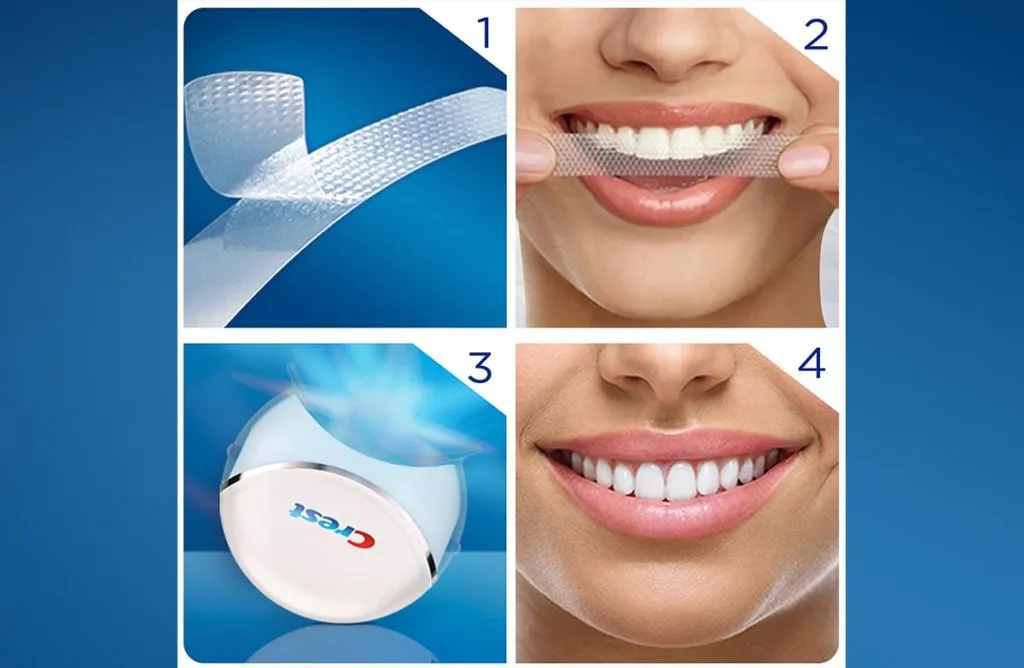
After removing the whitening strips, rinse your mouth gently with water. This action helps to remove any lingering residue from the strips and can help to restore your mouth’s natural pH balance. The act of rinsing is a simple yet effective way to freshen your mouth after using Crest Whitening Strips or other whitening products. It helps in preventing irritation and preparing your teeth for the re-mineralization process. Avoid vigorous swishing, as this can disturb the enamel. A soft, gentle rinse is all that’s needed to maintain oral cleanliness and promote the best outcome for your teeth-whitening treatment.
Avoiding Food and Drinks
After using Crest Whitening Strips, it’s crucial to avoid consuming food or drinks, especially those known to stain teeth, for at least 30 minutes. This precaution helps to prevent the newly whitened enamel from absorbing color from these substances. Foods and drinks like coffee, tea, red wine, and dark-colored berries can all compromise your whitening results if consumed too soon after treatment. By waiting, you’re allowing the whitening process to fully set in, and your teeth to re-harden and become more resistant to staining. Taking these simple precautions can greatly extend the life of your brighter smile.
Fact 4 What Happens if You Brush Too Soon
Brushing your teeth too soon after using whitening strips, particularly Crest Whitening Strips, can lead to a number of negative consequences. The most prominent risks include enamel damage and increased risk of staining. Understanding these risks is essential to maintaining your oral health. Being aware of the potential harm of early brushing can help you optimize your routine and achieve a brighter, healthier smile. Following the recommended guidelines helps protect your teeth and ensures you gain the best results from your whitening efforts.
Damage to Enamel
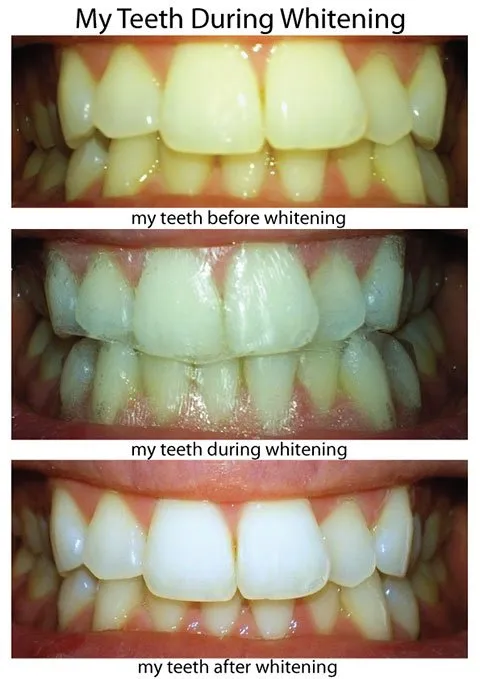
The primary risk of brushing too soon after using whitening strips is damage to your enamel. The active ingredients in the strips temporarily soften the enamel. If you brush immediately, the abrasives in your toothpaste can erode the enamel, leading to sensitivity, and making your teeth more susceptible to damage. Over time, repeated damage can weaken your teeth and lead to dental problems. Always wait the recommended time to allow your enamel to re-mineralize and regain its strength before brushing. This small habit makes a huge difference in protecting your oral health.
Increased Risk of Staining
Brushing too soon after whitening strips can also increase the risk of staining. When enamel is softened, it’s more porous and prone to absorbing color from food and drinks. The abrasives in toothpaste can wear away the enamel, making it easier for stains to penetrate. This effect can reverse the whitening process and give your teeth a mottled or uneven appearance. Waiting the appropriate time before brushing gives the enamel a chance to re-harden, reducing the risk of staining and ensuring that your whitening treatment is more effective and long-lasting. Always wait and protect your investment in a brighter smile.
Fact 5 Best Practices for Oral Hygiene with Whitening Strips
Proper oral hygiene is essential when using teeth whitening strips, like Crest Whitening Strips, to achieve optimal results while protecting your oral health. This involves knowing when to brush, what to avoid, and how to incorporate other dental care practices into your routine. By following these guidelines, you can maintain a bright, healthy smile. The key is to find a balance that maximizes the benefits of whitening while minimizing any potential risks. This balanced approach is vital for long-term oral health and a confident smile.
When to Brush and When to Avoid It
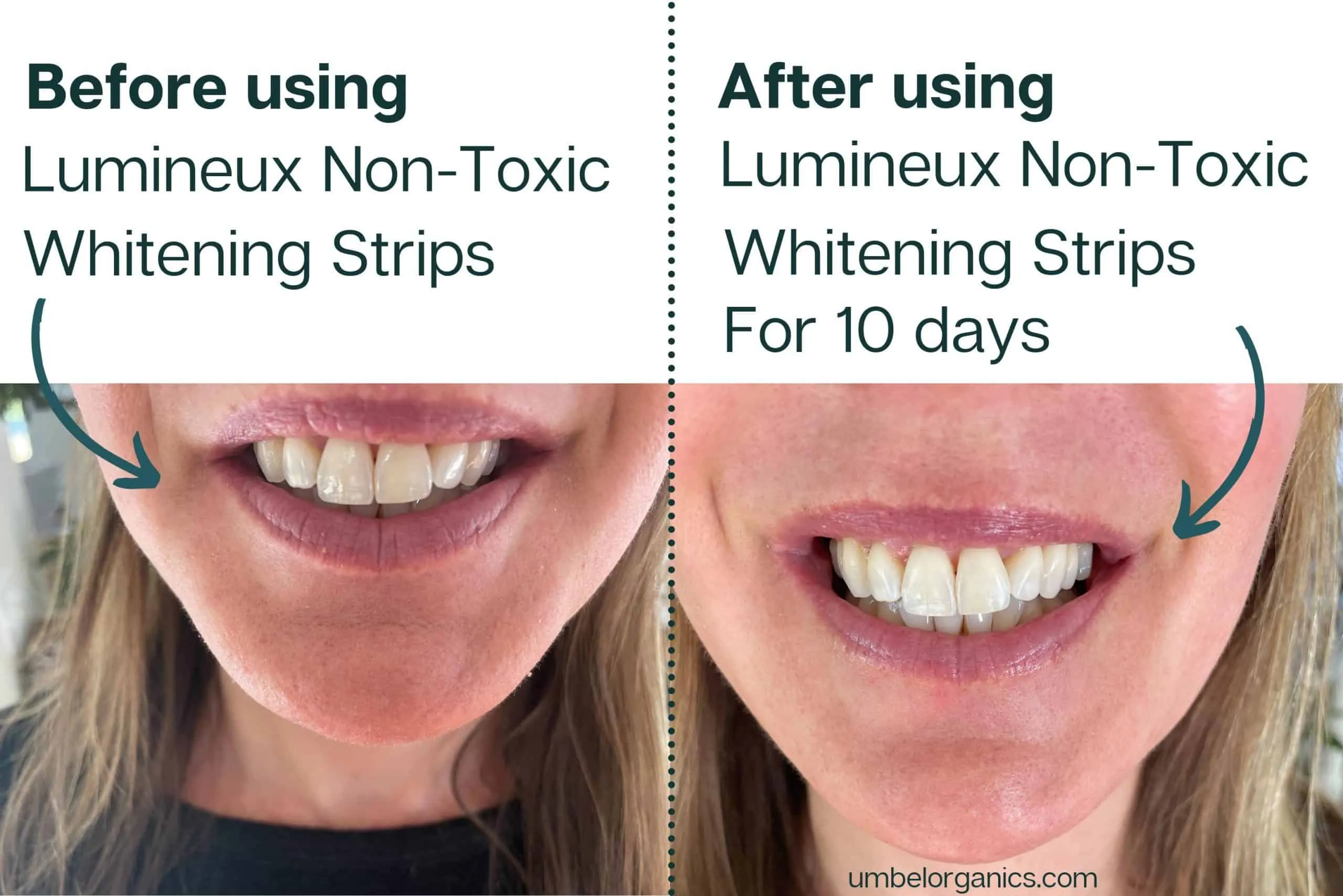
The golden rule is to avoid brushing immediately before or after using whitening strips. Brush your teeth before applying the strips, ensuring your teeth are clean. Wait at least 30 minutes after using the strips before brushing. This timing allows the whitening agents to work effectively and protects your enamel from potential damage. Brushing at the right times is crucial to your oral health. Following this simple advice will greatly enhance the effectiveness of your whitening treatment.
Alternatives to Immediate Brushing
Instead of brushing immediately after using whitening strips, consider alternatives that are gentler on your teeth. Rinse your mouth gently with water to remove any lingering residue. You can also use a fluoride mouthwash to strengthen your enamel. Avoid any abrasive actions and stick to a gentle approach to oral care. This approach protects your teeth. If you feel the need to freshen your breath, consider using sugar-free chewing gum, which can stimulate saliva production and help neutralize acids. Alternatives to brushing provide a way to maintain freshness without risking the adverse effects of immediate brushing. Always remember that a little patience goes a long way in safeguarding the health of your teeth.
